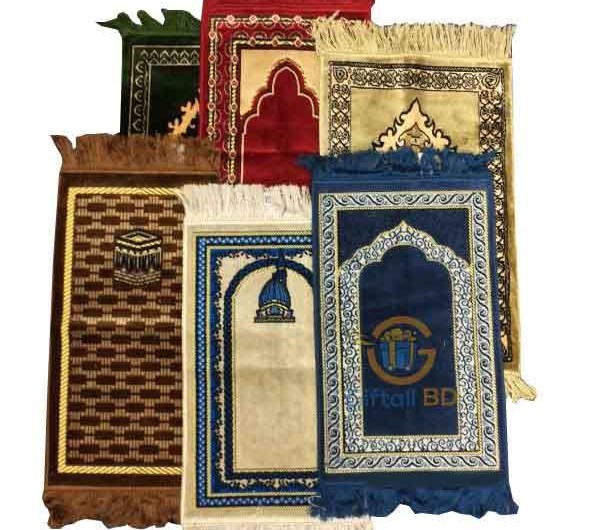In terms of the art of weaving techniques similar to modern tyapestrira shataranji.
Shataranji was widely used during the British rule. 191 Hunter noted historian Gazetteer, published in Rangpur, Rangpur district collector in 1880, Nishbet was impressed by the architecture of the region Shataranji and became interested in art patronage. He was assisted in the development of the marketing industry. As a result of such assistance is the name of this place Nishbetgonj. At 5 km from the city of Rangpur Nishbetgonj creative industry has developed. British masanamale India, Sri Lanka, Burma, Indonesia, Thailand, Malaysia and other countries of the lots were sold sataranji. The idea is that, before 1830, was made sataranji here. According to locals, the Mughal era were made from Rangpur sataranji. Here again, who can say they are engaged in the production of sataranji parampaya clan is their job. Their fathers were engaged in the same profession. As a result, at least assume that you have been buried at the root of much of the country before sataranji. After the partition of India in the industry crisis is sataranji. Sataranji modern machine-made manufactured goods markets in the crowd began to decline. Workmen began to change as a result of the job. The Rangpur very small industry has survived. The potential of the industry to extinction. However, the limitations inherent in the traditional time for a personal style sataranji artists to create art talent sataranji.


Comments (0)